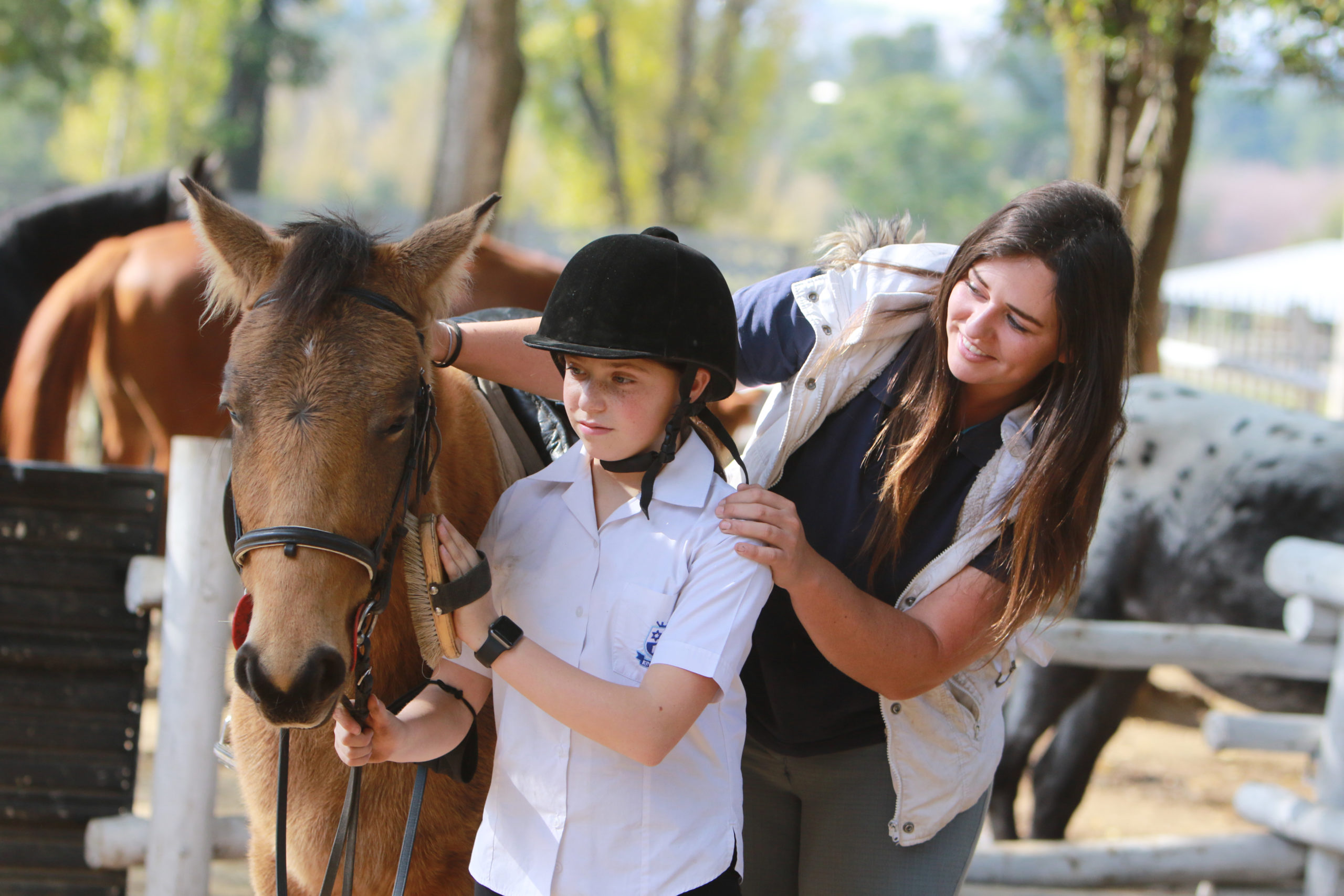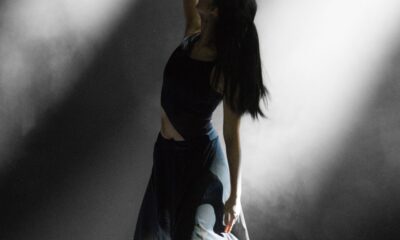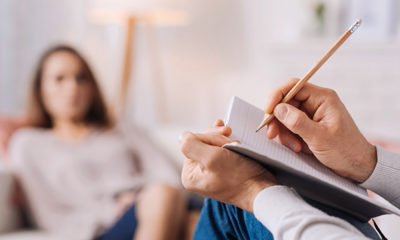
Featured Item

Horses help humans get back in the saddle
Having a sometimes inexplicable sixth sense about humans, horses have long been lauded as powerful conduits of healing. Bianca Sigurdsson, an equine specialist and horse-riding instructor, explains the amazing connection between horses and children, especially those with special needs or who are dealing with trauma and significant challenges.
“There’s something about the motion of the horse that rocks the rider into a sense of comfort – they say that the heartbeats of the horse and rider synchronise,” says Sigurdsson, who owns and runs Ravenwood Stables at Huddle Park in Linksfield. She’s a former King Davidian who fell in love with riding at the age of three. “Horses are among the world’s most highly emotional animals. If I’m anxious and nervous and near a horse, the horse will mirror that.”
This brings a sense of self-awareness to the person who interacts with the animal – and with the help of a therapeutic team, the person can then identify and process these emotions and relate them to their everyday life. “Horses hold space very well, they don’t judge, they’re not there to tell the kids what they’re doing wrong,” says Sigurdsson. “They’re incredibly emotional animals, and are able to facilitate people making changes themselves.”
Mandy Laskey, an educational psychologist and mental health professional specialising in Equine Assisted Psychotherapy (EAP), works alongside Sigurdsson to facilitate therapeutic processes among children facing a range of physical, mental, and general life challenges.
EAP doesn’t involve riding horses, rather interacting with a horse or horses and two other members of a therapeutic team, says Laskey. She explains why horses are so good at reflecting human emotions.
“Being herd or prey animals, horses are very sensitive to their environment and incredibly perceptive and adept at picking up on peoples’ emotions,” she says. “This is particularly true when clients might prefer for these emotions to stay hidden from the therapeutic team or from themselves, or even when they might not actually be conscious of what they’re feeling.”
That’s why interacting with horses can be especially effective for children. “Children sometimes find it difficult to put their feelings into words, and EAP can be helpful,” says Laskey. “That’s because it bypasses the need for the child to verbalise feelings that they sometimes have little vocabulary for. It also allows the child to ‘see’ patterns of which they are a part in a very dynamic way, and helps them to take responsibility for the part they might be playing in the process.”
As revealed by studies, this explains why adolescents and at-risk youth have benefitted significantly from EAP. “The unconditional positive regard that children and individuals in general need to have a healthy self-esteem is provided by the horses and human therapeutic team, who accept the client just as they are, with no expectations or conditions of worth,” says Laskey. “This unconditional acceptance is something that children or adolescents with disabilities, behavioural difficulties, and difficult family circumstances often don’t experience.”
By observing the way horses respond to their requests and directions, children also develop better communication skills, face their fears, manage their emotions, and behave more consistently. This is why the process can be such a beneficial alternative to more traditional forms of therapy.
What’s more, equine therapy and horse-riding teaches kids confidence and boosts their leadership skills, no matter what trials they face, says Sigurdsson. For example, she has witnessed phenomenal changes in a little girl with cerebral palsy who comes for weekly horse-riding lessons.
“She rides one particular horse, and we have an extra supportive saddle for her to ride on,” she says. “We simply go around and teach her balance and leadership; she loves the motion. Whenever she comes, she gets into this zone where she starts having fun and getting louder. She’s so proud of herself when she does the smallest task and she’s doing fantastically well – learning to stand up on the horse and do trotting and bouncing. We often get feedback from parents on how their children have shifted their behaviour in other parts of their lives too. This child has woken up at home, her aggression issues are decreasing, and she’s living her life a lot more confidently. She has something for herself.”
Another area of the business close to Sigurdsson’s heart is the pony camp it runs which has pro bono slots for kids who can’t afford it. “When I was growing up, I couldn’t afford to do all of these things and I was always volunteering,” she recalls. Whether it be through these camps, or through offering special social-skills workshops and EAP sessions for children’s homes, Sigurdsson is now able to expose children from all walks of life to the magical power of horses.
*The child in the picture is simply a pupil at the riding school and not associated with this story.








